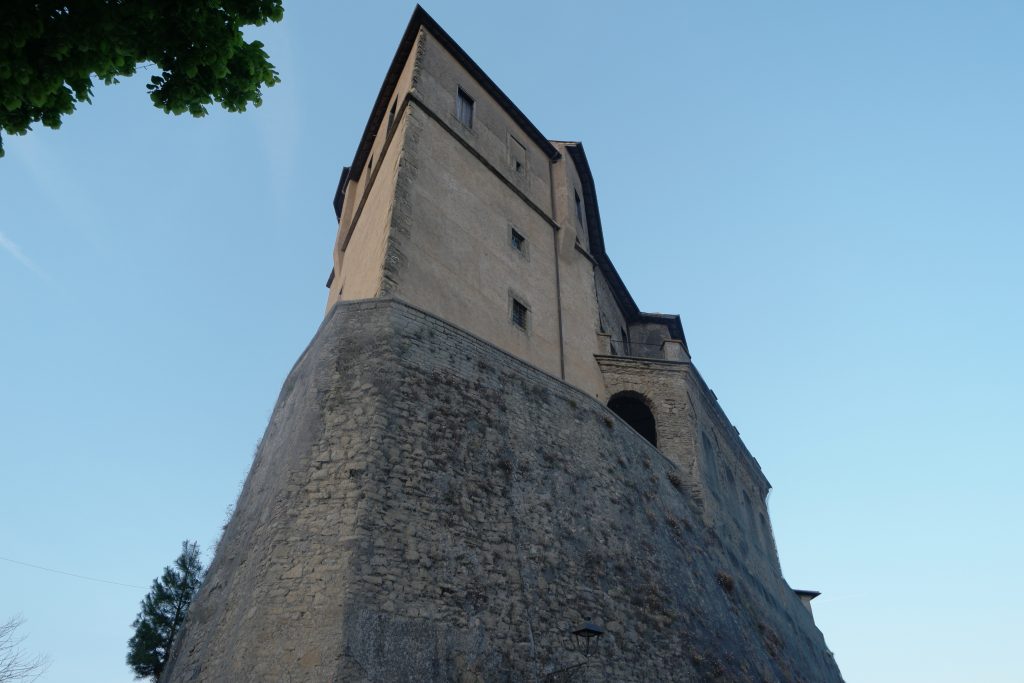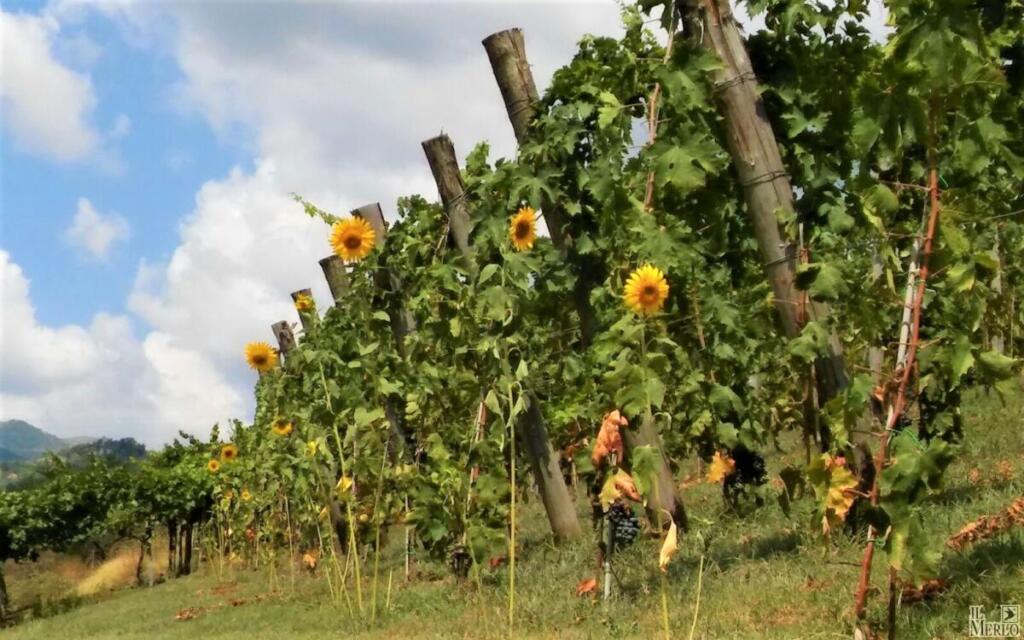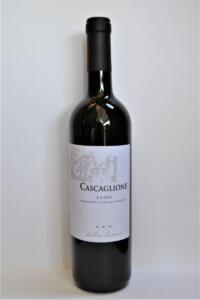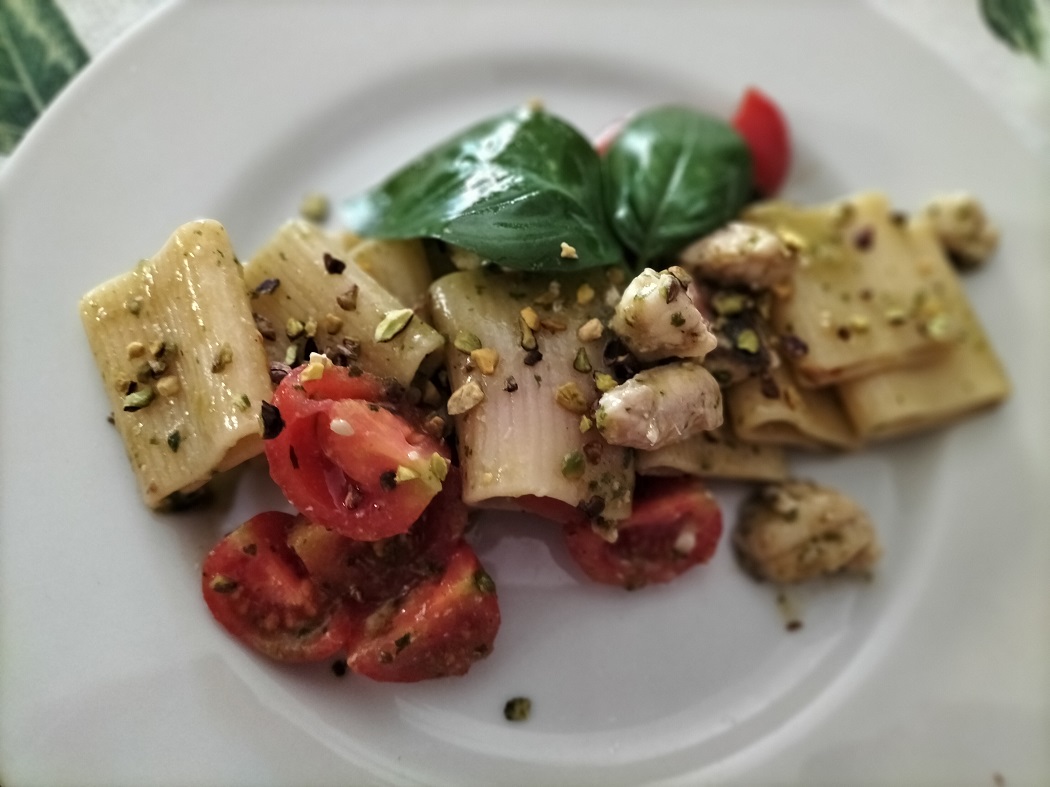My name is Antonio and in 1993 I took over the company from my father Marcello calling it "Il Merlo", from the nickname used in the family.
My Carrarini family has been involved in wine for three generations, from the cultivation of our land in San Vito Romano and Olevano Romano to the creation of wines and their production.
It all began many years ago in a farmhouse in the countryside in a town called Fagnano, and then we built a new house and cellar in the 1960s in the town of San Vito Romano.
You can still find us here, at the entrance of the town, and we can’t live anywhere else far from our cellar.
The vineyards of about 2 hectares are facing the south and extend over a hilly area in the locality of Cascaglione, which is also the name of one of the red wines, at an altitude of about 350 meters. The soils are lime silt of red earth, medium compact, and are characterized by steep slopes (30%) approaching heroic viticulture.
Don't expect sumptuousness, ours is a small company where the vineyard, the cellar and the distribution organization are carried out completely at the family level.
But we have our own philosophy and we vinify native grapes such as Bellone, Ottonese, Cesanese to which national varieties such as Malvasia and Moscato are added.
The training system is used for the new cordon spur and guyot plantings, while the 'pergola' is used for the old plants dating back to the 70s.
Inside the cellar, where there were the old concrete tanks, I created a barrel cellar with about 14 barriques where I entrust my best productions to an aging in French oak wood only.
During these three generations we have made many tests, the production and growing system of the vine is no longer the same, but the passion has always remained the same.
There are wines to which I am particularly attached and which I believe best represent our way of life and, therefore, my ideals of viticulture. The first is called Vecchi Filari, a white wine made from Malvasia, Bellone and Ottonese grapes. They are native grapes and sometimes difficult to treat but this wine takes its name from the ancient rows planted by the family. Some have been replaced while the ones from which this wine comes are the original ones.
The first is called Vecchi Filari, a white wine made from Malvasia, Bellone and Ottonese grapes. They are native grapes and sometimes difficult to treat but this wine takes its name from the ancient rows planted by the family. Some have been replaced while the ones from which this wine comes are the original ones.
I ferment it in steel but then it ages in French oak barrels with stirring and rest on the lees for about 12 months. It has a nice alcohol content of 14.5 degrees and a golden yellow colour. The nose is complex with a prevalence of exotic fruits. In the mouth it is full, round.
The second wine completely made from indigenous grapes is Cascaglione made from only Cesanese grapes. We are in the area close to the Cesanese DOC and I am also part of the Cesanese di Olevano Romano Road with which we promote our territory and our 'nectar'.
For these grapes, the harvest takes place when slightly over-ripened and fermentation is in steel with repeated pumping over and a long time on the skins. Then the aging starts in barrique and partly in steel to arrive at the composition before bottling.
It has a gradation of 15 degrees and a ruby colour with garnet reflections. The nose is vinous with a slight hint of cherry while in the mouth it is rightly tannic with a pleasant roundness.
Finally, the one I'm most fond of, the Marcello '27 that I dedicated to my father. It is made from only white Moscato grapes harvested very ripe, almost dehydrated.
A light maceration on the skins before fermentation which takes place in steel and a subsequent aging on the lees with stirring for about a year. The flavour is soft, enveloping, round and has a high alcohol content of 15.5 degrees.
The scent with honey notes is complex and pleasantly brings back to the typical nose of the grape.
It is an ideal companion for friendly conversations or moments of meditation. Calmly for its strength.
I'm lucky.

Cantine Il Merlo, for 60 years the best wine of the Roman countryside
- Carrarini
- Category: Food & Wine
- LAZIO • ROMA • Olevano Romano
powered by social2s







Follow us